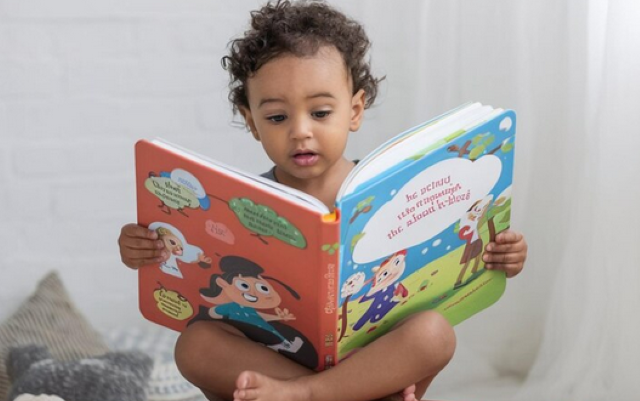If your child is in elementary school, chances are you’ve seen their “reading level” printed on a report card or mentioned during parent-teacher conferences. These assessments are often treated as benchmarks for progress, but how accurate are they in truly capturing your child’s reading ability? Experts say the answer is complicated.

Reading levels are typically determined by a teacher or reading specialist, often using tools like the Lexile Framework for Reading or the Developmental Reading Assessment (DRA). These systems are designed to match a child with books close to their skill set and help gauge how they compare to grade-level expectations.
“The value for teachers and parents is that leveling is quick, relatively simple, and these systems have been around so long that it’s pretty easy to look up the level of most books you find in the library or at the bookstore,” explains Lauren Sittel, reading specialist and curriculum developer at Ello Technology in an interview with Parents.com.

Still, Sittel notes that the process isn’t flawless. “Because of how approximate both the leveling of a reader and the leveling of books are, there is ample room for error in leveling the child and providing them with books that are roughly readable for them.”
Sher Marshall, teacher, reading specialist, and owner of Your Reading Teacher, agrees that reading levels can be useful in identifying potential struggles but warns they aren’t always consistent. “A reliable test should give similar results even if the setting changes a little—like testing in the morning vs. the afternoon,” she says. Factors like sleep, nutrition, and even confusing wording can skew results. “Yes, assessments can tell us something. But they’re just one piece of the puzzle, and they rarely give us the full picture on their own.”

Marshall says reading level tests offer a snapshot but leave out important context. They don’t reveal how well a child understands what they’ve read, how much vocabulary they bring to the table, or whether they actually enjoy reading.
“Strong readers don’t just decode words; they bring background knowledge and vocabulary to the table,” she explains. Without context, even a skilled reader can miss the meaning. For instance, a second grader who’s never seen a circus might breeze through a passage about a tightrope walker without understanding what’s happening.
Some assessments may also be less effective than parents assume. Marshall points to the Fountas and Pinnell Benchmark system, which a study by researcher Matthew Burns found only correctly identified struggling readers about 50% of the time, “about as often as a coin flip,” she says.

To get a clearer understanding of a child’s abilities, educators look at more than just reading level. Oral reading fluency checks, like DIBELS ORF, measure not only how quickly a child can read but whether they can retell and understand the text. Phonological awareness, the ability to break down and blend sounds in words, is another key skill.
Teachers often combine multiple tools, from phonics screeners to diagnostic tests, to see the full picture. And sometimes, Marshall says, simple classroom observations, like how a child tackles a tricky word or discusses a story, can be just as telling as any formal score.
Marshall encourages parents to look at reading through a wider lens. Notice what your child chooses to read, how their interests grow, and whether they can connect stories to their own life. “It won’t show you how much they really understand, what kinds of books they love, or whether reading is something they look forward to,” she says.
Even sticking to a favorite topic, like sharks, can be a good sign, it shows engagement. Parents can gently introduce new material alongside familiar favorites to broaden horizons without dampening enthusiasm.

One of the most valuable things parents can do is read aloud to their children and keep doing it long after they can read on their own. “I cannot over-emphasize the importance of reading aloud to your child every day,” says Sittel, who recommends continuing into middle school.
Choose books that challenge them, spark discussion, and expose them to new vocabulary. Reading aloud not only boosts comprehension and critical thinking, it also creates a shared experience. “In short, being read aloud to gives a child’s brain the space to work on the higher-order thinking needed during reading outside of the massive cognitive task of decoding the words themselves,” Sittel explains.
Above all, it should be enjoyable. When reading is part of family life, it becomes more than a skill, it becomes a lifelong source of curiosity and connection.







